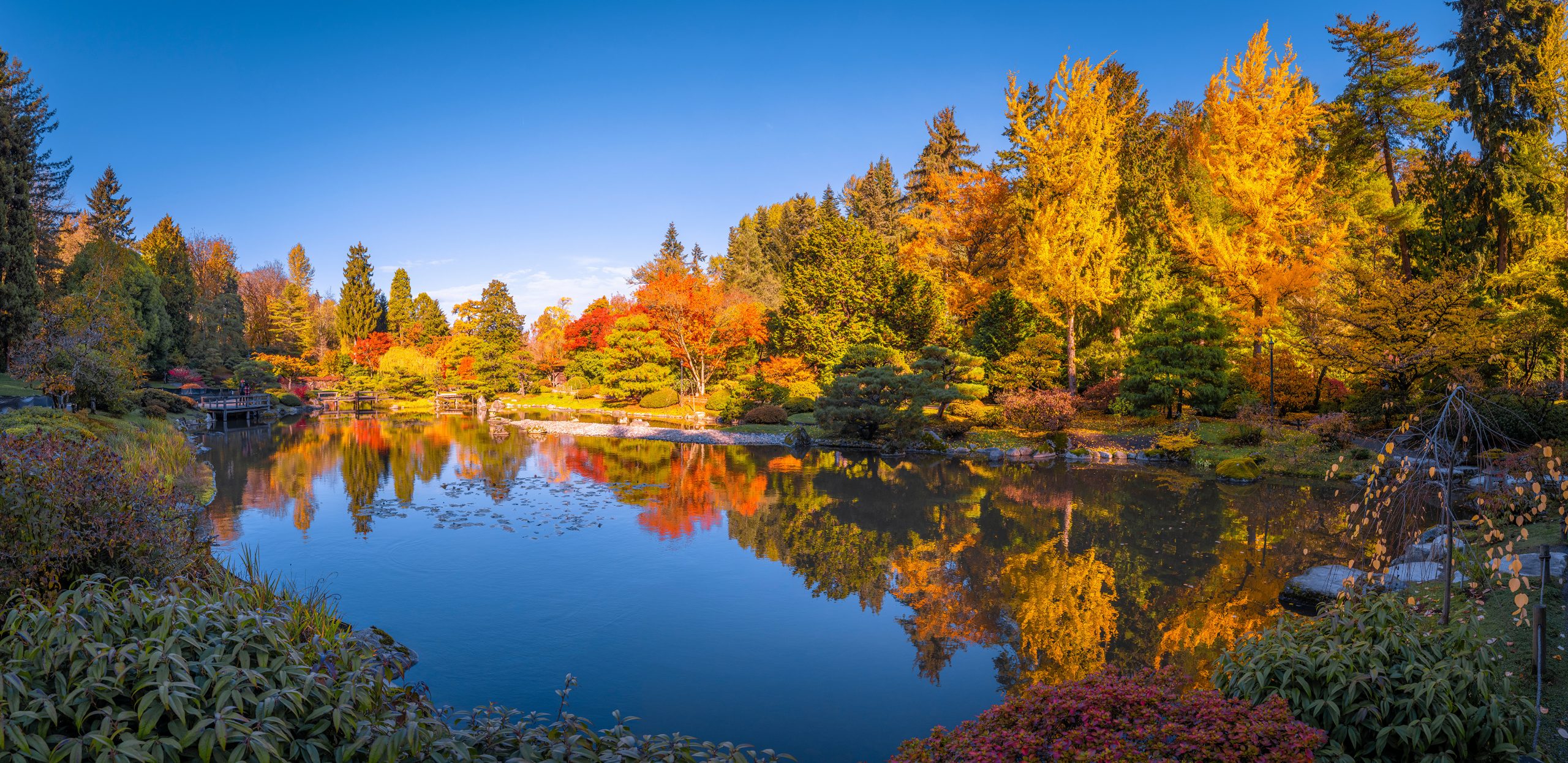Seasonality: How life in different counties in Washington State changes depending on the time of year
Washington State, located in the northwestern United States, is a unique region that combines a variety of natural landscapes: from the Pacific coast to the majestic Cascades mountains, from mighty rivers and lakes to dense forests. All of this diversity of natural conditions significantly affects the climate and seasonality in different parts of the state. In this article, we’ll take a look at how life in different Washington counties changes depending on the time of year, and why this state is so attractive for relocation.
Climate and seasonality in Washington State
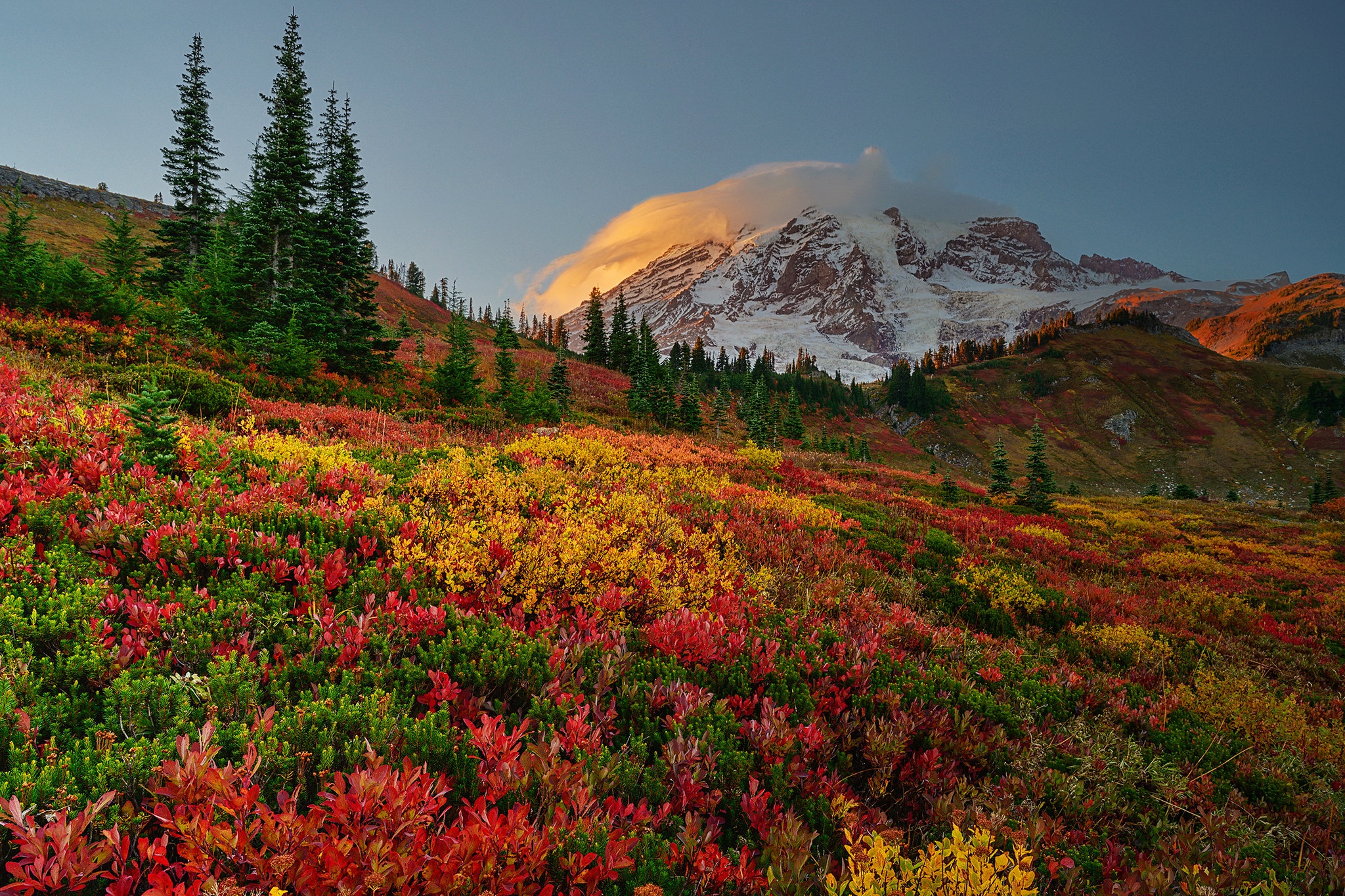
Washington is divided into several climatic zones, each of which has its own peculiarities. Let’s consider the climatic conditions in different parts of the state and their impact on the lives of local residents.
West Coast and Olympic Peninsula
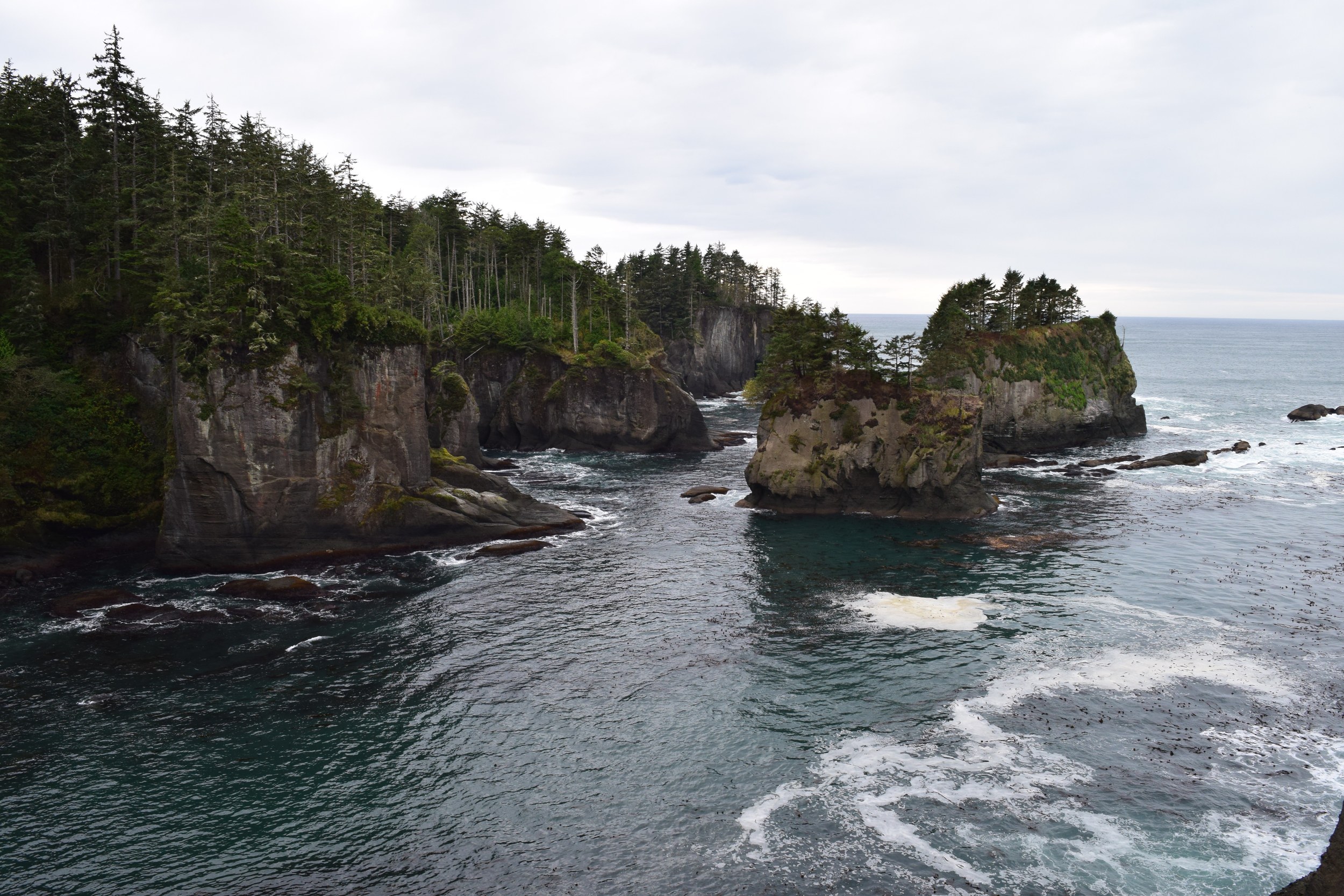
Washington’s West Coast and Olympic Peninsula are known for their humid oceanic climate. It experiences moderate temperatures and abundant precipitation year-round, especially in the winter. Summers in these areas are cool and often cloudy.
Influence of seasonality
In the western part of the state, seasonality is expressed in rainfall. Winters are rainy and wet, which affects the local economy, especially industries such as agriculture and logging. Tourism in these areas is strong in the summer, when one can enjoy hiking in the rainforests of Olympic National Park or spending time on the coast.
Central Washington

Central Washington, located behind the Cascade Mountains, has a more continental climate. It experiences cold winters and hot, dry summers. Seasonal changes are more pronounced compared to the western part of the state.
Impact of Seasonality
Seasonality in the central part of the state affects agriculture, which is the primary economic activity. In winter, farmers prepare the soil and plan for future plantings, while spring and summer bring an intense period of planting and harvesting. Tourism is also seasonal, with ski resorts popular in winter and wineries and orchards popular in summer.
Eastern Washington

Eastern Washington is characterized by a semi-arid climate with cold, snowy winters and hot, dry summers. This part of the state has a sharply defined seasonality, which greatly affects the lives of local residents.
Impact of Seasonality
Seasonal changes in the eastern part of the state greatly affect agriculture and tourism. In the winter, farmers are busy preparing equipment and planning, and in the spring, crops begin to be planted. Summer is the harvest period, especially for wheat and other grain crops. Tourism in the area is also seasonal, with winter sports popular in winter and festivals and fairs in summer.
Seasonality and economic development
Seasonal changes in Washington’s climate have a significant impact on the state’s economy. Let’s look at how different industries adapt to seasonality and how it affects their development.
Agriculture in Washington State and the impact of seasonality
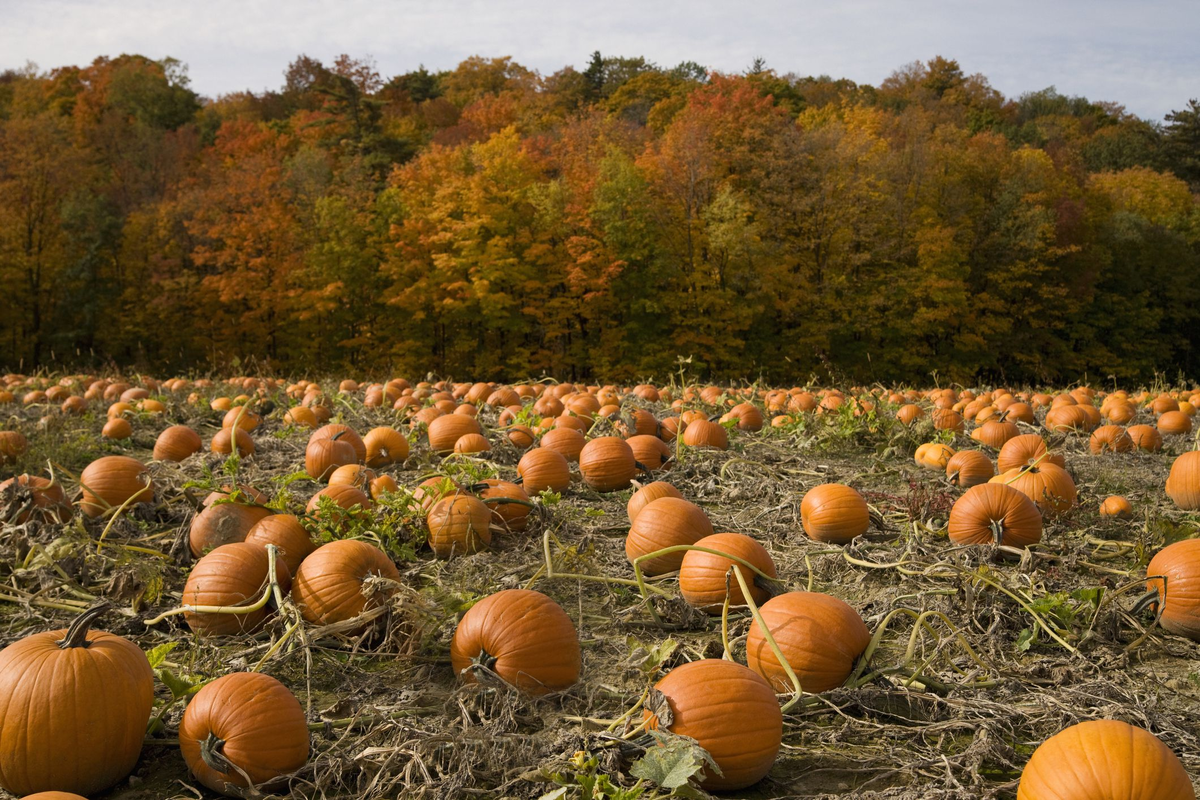
Washington State is one of the leading agricultural regions in the United States, offering a variety of agricultural products ranging from apples and grapes to grains and dairy products. However, as with any region, climate and seasonality play a key role in the state’s agriculture and economy. In this article, we will look at how seasonal changes affect agriculture in different parts of Washington and how farmers and agricultural businesses adapt to these changes.
Washington is divided into several climate zones, each with different characteristics and impacts on agriculture.
Western Washington is characterized by a temperate and humid climate. Annual precipitation is much higher than in other parts of the state, and temperatures remain relatively stable year-round.
The humid climate is conducive to growing crops such as berries and vegetables. High humidity and mild temperatures create ideal growing conditions for these crops. Due to the good forage base, dairy production is developed.
The winter months are often used for land preparation and crop planning, as intense rainfall can make active field work difficult.
In the spring and summer, farmers are active in planting and harvesting. Berry farms and vegetable farms reach their peak productivity during this period.
Central Washington, located beyond the Cascade Mountains, has a more continental climate. It experiences cold winters and hot, dry summers. This part of the state is the heart of agricultural production, especially in the apple and wine sectors.

Central Washington winters are cold, during which time farmers are busy repairing equipment and planning for future crops.
Spring and fall are key seasons for planting and harvesting apples, grapes, and other fruit crops.
Summers are hot and dry, requiring heavy irrigation to keep plants growing. It is a time of intensive work in the fields and early harvests.
Eastern Washington has a semi-arid climate with cold, snowy winters and hot, dry summers. This part of the state is known for its grain crops such as wheat and barley.

Winter months here are cold and snowy, which limits active field work and allows farmers to focus on equipment preparation and planning.
Spring is a period of intensive planting of cereal crops.
Summer and fall are harvest time, when farmers work hard to harvest wheat and other grains.
Farmers and agribusinesses in Washington have learned to effectively adapt to seasonal changes using modern technology and management practices.
Impact of seasonality on the economy
Seasonal changes in Washington’s climate have a significant impact on the state’s economy, especially in the agricultural sector.
Prices for agricultural products can vary from season to season. During harvest periods, prices may decrease due to an abundance of produce on the market, while they may increase during the winter months due to limited supply.
Seasonality also affects the level of employment in the agricultural sector. There is an increase in temporary employment during planting and harvest periods, which provides jobs for local residents and seasonal workers.
Agriculture and seasonality also impact the tourism industry in Washington.
Agritourism
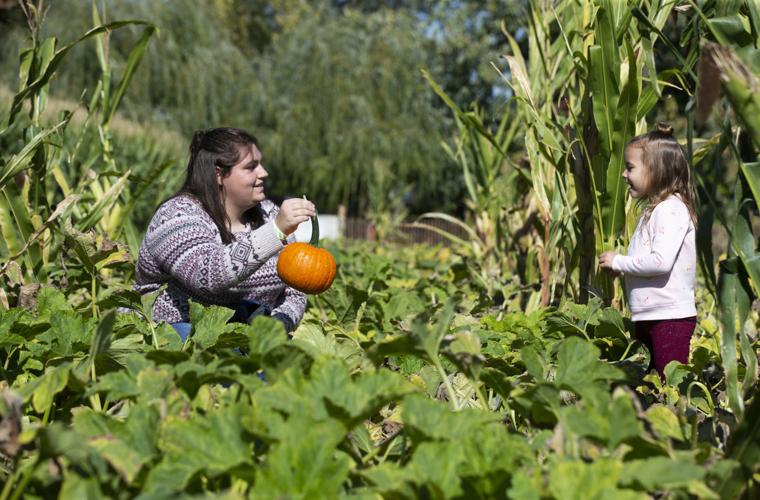
Agritourism is becoming increasingly popular in Washington. Farms and wineries attract tourists year-round, offering a variety of activities and tours. In the spring and summer, tourists can participate in berry and fruit picking, and in the fall, they can enjoy wine tasting and agricultural festivals.
Seasonal Festivals
Many counties in the state hold seasonal festivals celebrating harvest and agrarian culture. These events attract thousands of tourists and boost the local economy.
Logging
Logging also depends on seasonal conditions. In winter and spring, when rainfall is high, work slows down, allowing the forests to regenerate. In summer and fall, activity increases, which ensures sustainable development of this industry.
Tourism in Washington State: The Impact of Seasonality
Washington State is known for its majestic landscapes and diverse natural attractions. From the Pacific Ocean in the west to the Cascade Mountains and fertile valleys in the east, Washington offers unique tourism opportunities at any time of year.
In this article, we’ll explore how seasonal changes affect the state’s tourism industry, what types of recreational activities are available during the different seasons, and why Washington is attractive to tourists year-round.
Washington State is characterized by a diverse climate that ranges from temperate maritime in the west to semi-arid in the east. This climate diversity creates a unique environment for different types of tourism during different seasons.
Western Washington
Western Washington includes the Pacific coast, the Olympic Peninsula, and cities such as Seattle. The climate here is temperate and humid, with mild winters and cool summers.
Winter Tourism
- The Olympic Mountains and the Cascades offer excellent opportunities for winter sports such as skiing and snowboarding. Resorts such as Crystal Mountain and Stevens Pass attract thousands of winter vacationers.
- The Pacific Ocean coastline attracts tourists with its winter storms, when powerful waves crash against the rocky shores, creating spectacular views.
Summer tourism
- Olympic National Park offers a variety of hiking, camping, and fishing opportunities. During the summer months, the park attracts hikers with its scenic trails and waterfalls.
- The Pacific Ocean coastline during the summer months is ideal for beach vacations and marine wildlife watching.
Central and Eastern Washington
Central and Eastern Washington have a continental climate with cold winters and hot, dry summers. It is home to fertile agricultural areas and wineries.
Winter tourism
- Ski resorts such as Mission Ridge attract winter sports enthusiasts.
- Winter festivals and fairs in rural areas offer unique cultural activities and tastings of local products.
Summer tourism
- Wapato and Yakima wineries become centers of attraction for wine lovers. Summer tours and tastings allow tourists to enjoy the magnificent views and flavors of the region.
- Hiking and camping in the mountains and along rivers such as the Columbia and Snake offer great outdoor activities.
Impact of seasonality on tourism
Seasonal changes in climate have a significant impact on Washington State’s tourism industry, determining the types of entertainment and activities available at different times of the year.
Spring
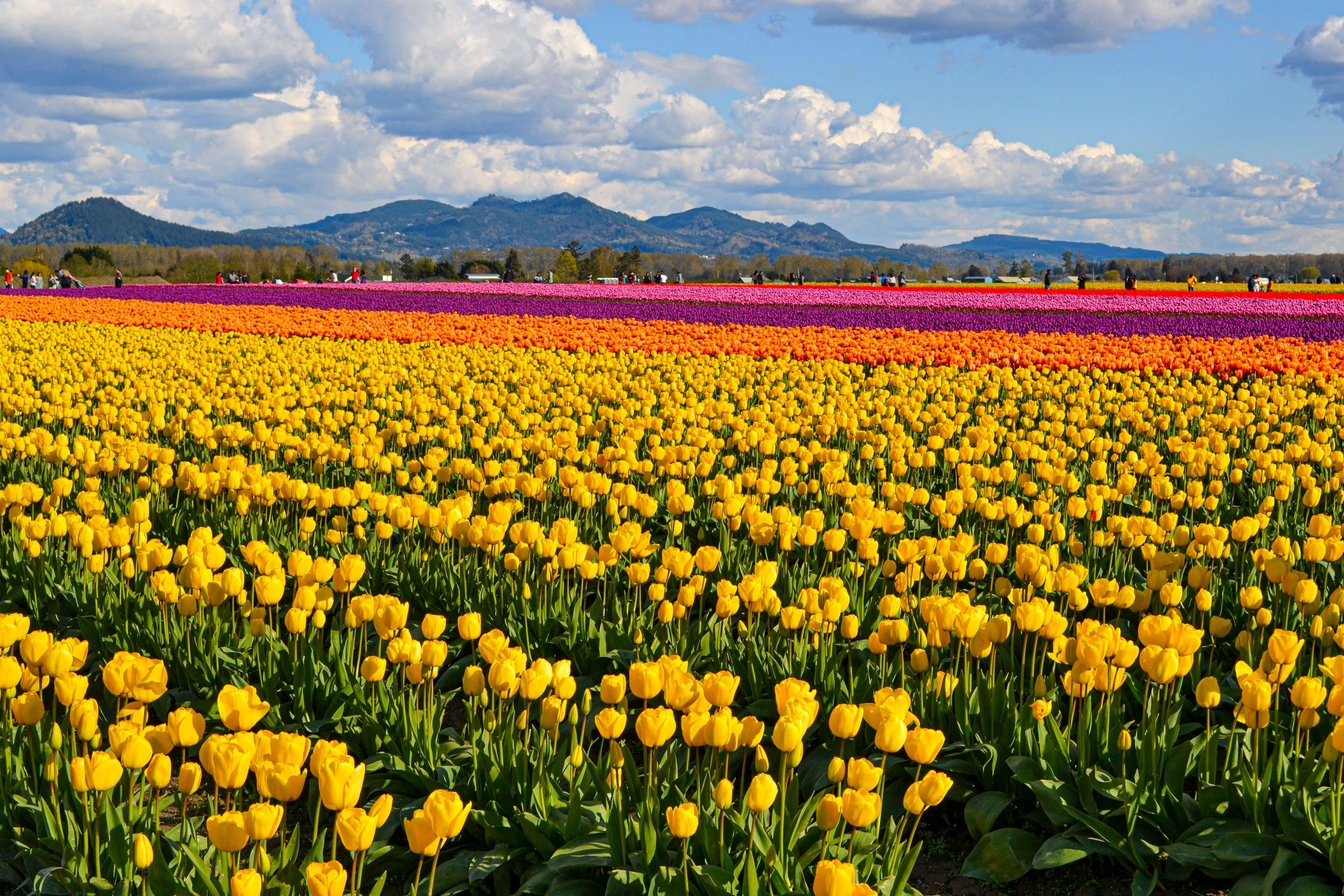
Spring in Washington is a time of nature’s awakening. The blooming of gardens and meadows attracts tourists to national parks and gardens.
- The Skagit Valley Tulip Festival is an important spring event. Thousands of people come to admire the brightly colored flowers and participate in the activities.
- Hiking becomes popular as the snow melts in the mountains, giving access to scenic trails and waterfalls.
Summer

Summer is the peak tourist season in Washington. Warm and dry weather creates ideal conditions for a variety of vacation activities.
- Beach vacations on the Pacific coast and lakes such as Lake Shelan attract many tourists.
- Hiking and camping in national parks such as the Olympic and North Cascades are becoming popular activities.
- Wineries offer tours and tastings, making summer the perfect time to explore the local wine culture.
Autumn
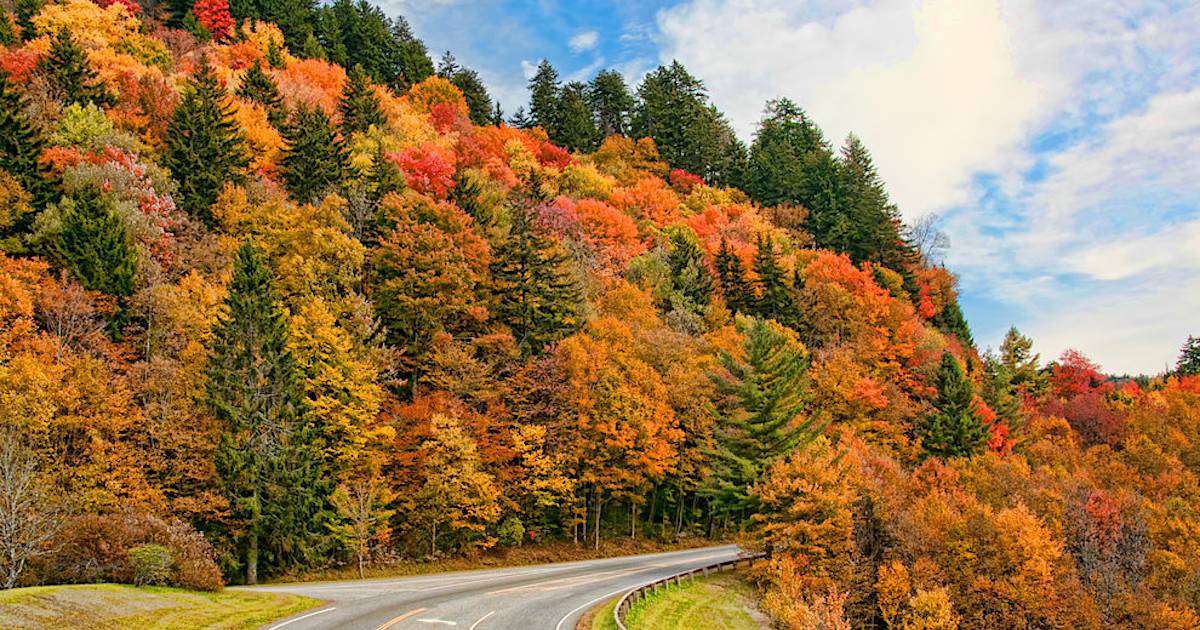
Fall brings with it changes in nature and calmness after the rush of summer. It is a time of harvest and preparation for winter.
- Wine festivals in the Yakima Valley and other wine regions attract tourists with their tastings and cultural events.
- Hiking in the fall forests offers scenic views of golden and red leafed trees.
Winter

Winter in Washington offers unique recreational opportunities, especially for winter sports enthusiasts.
- Ski resorts attract thousands of tourists, offering skiing, snowboarding and other winter activities.
- Winter festivals and fairs create a festive atmosphere, attracting families and tourists from all over the world.
The economic impact of seasonality
Seasonal changes in climate have a significant impact on Washington State’s economy, especially in the tourism industry.
Employment
- Seasonal employment in the tourism industry increases significantly during the summer and winter months. Workers are employed in hotels, restaurants, travel agencies, and tourist attractions.
- Seasonal jobs in agriculture, such as harvesting crops and working in wineries, also affect employment.
Income
- The summer and winter months generate the most revenue from tourism. Hotels, restaurants, and tour companies generate the bulk of their revenues during these periods.
- Local festivals and events attract tourists and boost the local economy.
Washington State offers unique tourism opportunities at any time of the year. Seasonal changes in climate create a variety of recreational activities, attracting tourists from around the world. Natural attractions, cultural events and developed infrastructure make Washington an attractive destination for tourism and relocation.
Washington State’s attractiveness for relocation
Washington attracts new residents with its natural beauty, diverse climate, and economic opportunities. Let’s take a look at why this state is becoming an increasingly popular place to relocate.
Natural Beauty
Washington is known for its majestic landscapes, from the Pacific coast to the Cascades mountains, from vast forests to fertile valleys. Living in this state gives you the opportunity to enjoy nature year-round, which appeals to many outdoor enthusiasts.
Economic Opportunities
The state offers a variety of economic opportunities in industries ranging from agriculture and logging to high-tech and tourism. This makes Washington an attractive place for careers and businesses.
Quality of Life
The high quality of life in Washington is ensured by good ecology, developed infrastructure and high level of education. There are all the necessary conditions for comfortable living and development.
Moving company services
Moving to a new state or city is always associated with a lot of hassle and stress. Our moving company is ready to take care of all the problems associated with moving to different Washington counties. We offer a full range of services including long distance moving, international moving, storage and warehousing, and movers.
Long Distance Moving
We specialize in long-distance moving, ensuring that your belongings are safely and quickly delivered anywhere in Washington State. Our team of professionals will ensure your belongings are carefully packed and transported.
International Moving
If you are facing an international move, we are ready to offer comprehensive solutions and logistical support. We will ensure the safe transportation of your belongings.
Storage and warehousing
For those who need temporary storage for their belongings, we offer storage facilities. The warehouses are equipped with state-of-the-art security systems and provide safe storage for your belongings.
Movers and moving services
Our company provides professional movers who will help with packing, loading and unloading of things. We guarantee high quality services and attentive attitude to each client.
Washington State is a unique place with a diverse climate and magnificent natural landscapes. Seasonal changes affect the life and economy of the different counties, creating a rich and multifaceted environment to live in. Our moving company is ready to assist you with your move to this amazing state, providing all the services and support you need every step of the way. Whether you are planning a long-distance move, an international move, or need storage and movers, we are here to help.
Moving to Washington State will be the beginning of a new and exciting chapter of life for you. Contact us and we will make your move as comfortable and safe as possible.
Contact us in any way:
Telephone: (800) 881-1048
E-mail: estimate@absoluterelocationservices.com


